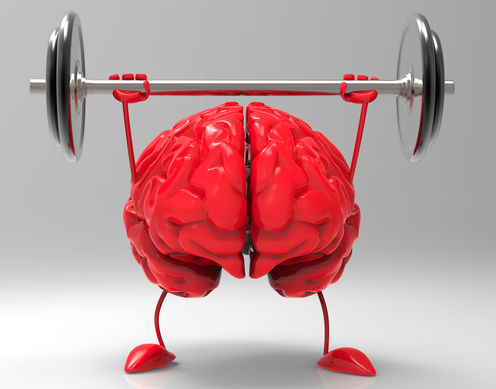
Over the last decade, an ever-growing number of brain-training programs claiming to enhance learning, memory and general well-being have been developed and marketed for use in the classroom. Unfortunately, despite many years of laboratory research and classroom scrutiny, the effect of these programs on real-world learning and health remains uncertain.
To address this issue, the Stanford Center for Longevity recently released a statement reporting that there is now a scientific consensus that brain-training programs are not effective. Although they acknowledge there is some evidence that these programs may have short-term benefits, the 75 scientists who signed this statement argued that these benefits were narrow, fleeting and irrelevant outside the laboratory.
In response to this statement, a different group of researchers released a second scientific consensus statement arguing brain-training games are effective. Although agreeing with some points made in the Stanford report, the 131 scientists who signed this second statement argue there is irrefutable data demonstrating that brain-training games confer measurable, meaningful effects.
So who’s right?
At first glance, these counter statements appear to do nothing more than further confuse the debate as to whether or not these programs should play a role in classroom and real-world learning. However, a closer look at the signatories of each reveals something interesting, which may help shed light on this ongoing disagreement.
Of the 75 scientists who signed the “anti” brain-training statement, 54 are behavioural researchers while only 11 are neuroscientific/medical researchers. This means the majority of scientists (72%) who argue brain training does not work have explored this topic from a behavioural performance point of view (for example, using explicit tests to measure memory, learning, comprehension). A minority (~15%) of “anti” brain-training scientists have explored this topic from a physiological point of view (for example, using brain scans to measure brain function, structure, connectivity).

Conversely, of the 131 scientists who signed the “pro” brain-training statement, only 29 are behavioural researchers while 88 are neuroscientific/medical researchers. This means the majority of scientists (67%) who argue brain training does work have explored this topic from a physiological point of view, while the minority (22%) have explored this topic from a behavioural performance point of view.
So when scientists are measuring an individual’s behavioural performance via tests exploring explicit abilities and achievement (such as exams, essays and presentations – measures likely to occur in the classroom), they find brain-training programs are ineffective.
However, when scientists are measuring the physical characteristics of an individual’s brain via physiologic imaging equipment (such as fMRI, EEG, and TMS – measures unlikely to occur in the classroom), they find brain-training programs are effective.
So should teachers use brain training in the classroom?
When using a brain-training program, it’s important to determine your goals for the program before you begin. If your goals are to improve exam performance, enhance lesson comprehension and accelerate classroom learning, it appears unlikely brain-training programs will be of any use. If, however, your goal is to change brain structures, enhance physical well-being and combat the physical effects of degenerative diseases, it appears brain training may be a good tool.

Although it may sound appealing, the concept that “brain change” is directly correlated with “behavioural change” is overly simplistic, at best. If this argument between scientists tells us anything, it is that one can measure and demonstrate significant changes in neural structure and general physiology without measuring any resultant behavioural or cognitive change.
What this means for teachers is that any discussion of “brain change” or “plasticity” is irrelevant to and likely meaningless for the larger goals of classroom and school-wide education. Until such a time as we are able to measure each student’s brain on a daily basis (and determine what that might mean in the long run), teachers can only rely on comprehension, growth and cognitive measures (such as activities, projects and exams).
If brain change does not correlate with behavioural change, then any program created to impact the prior will have no predictable bearing on the latter – this includes all “brain-based” and “plasticity-inducing” programs.
It’s also important to note when using scientific research to determine the best course of action for your classroom, be certain to clarify what field the scientific research is derived from. It is possible many teachers will read the second consensus statement and use that as an argument to implement brain-training in their classroom without realising this consensus has been largely derived from neural and medical scientists using outcomes largely irrelevant to classroom goals.
As such, always explore where research originated and what measures are used before determining applicability to your classroom.
In the end, we’re left with the same question we started with: does brain training work? If your goal is to physically change the brain, then yes – it appears brain training does work. However, if your goal is to improve behaviour and cognition, then no – it appears brain training does not work.
Jared Horvath receives funding from the Australian Research Council (ARC-SRI: Science of Learning Research Center – Project # SRI2030015).
